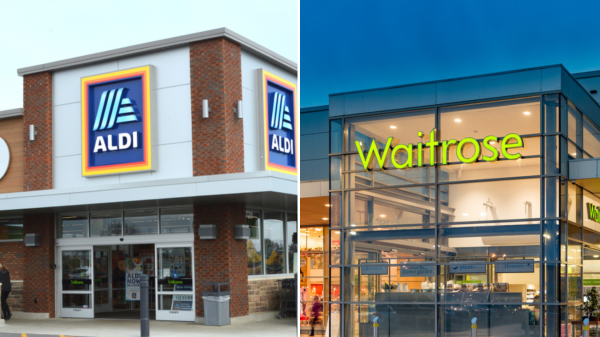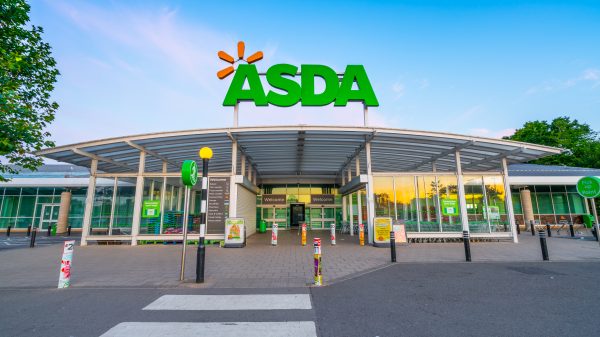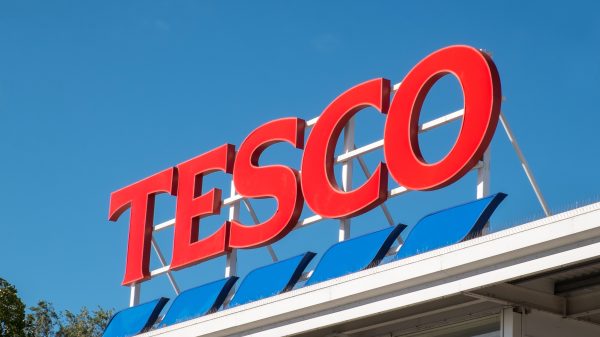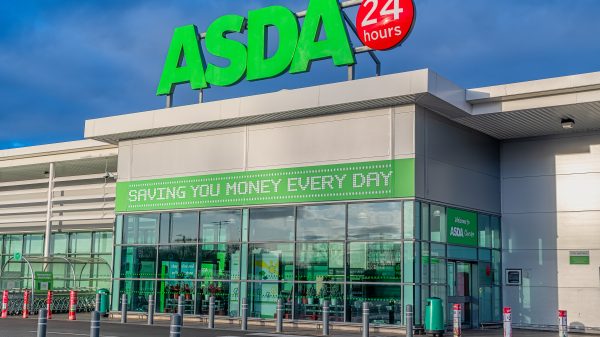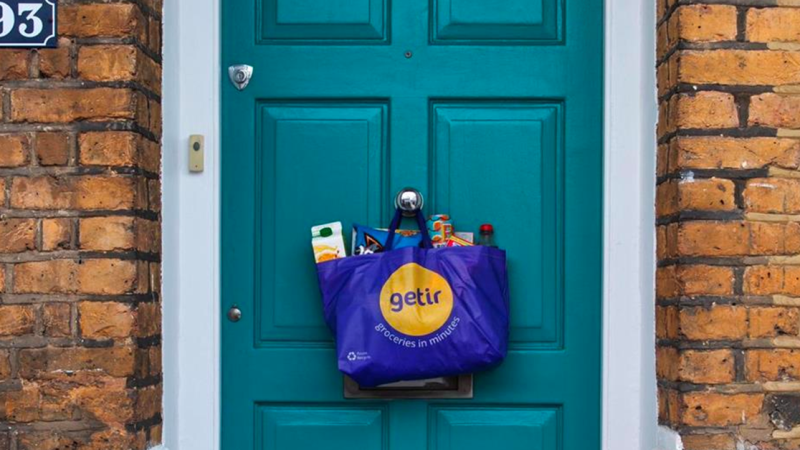Fuel margins at the UK’s leading supermarkets have more than doubled since the beginning of the war in Ukraine, new research shows.
The RAC said that while Tesco, Sainsbury’s, Asda and Morrisons were earning an average of 4.7p per litre on fuel sales in February 2022, this has since increased to around 10p per litre.
In comparison, the supermarket margin on a litre of fuel was 2.3p in 2016, and 6p in 2019.
The insurance companies Fuel Watch data for 2022 also shows that grocers have made an average margin of 15p on diesel as a result of the wholesale price failling significantly and then not being fully passed on to drivers on their forecourts.
Subscribe to Grocery Gazette for free
Sign up here to get the latest grocery and food news each morning
RAC fuel spokesperson, Simon Williams, said: “With news that lower fuel prices were one of the main reasons for inflation falling to 7.9% last month, our data clearly shows that this could have been lower still had the supermarkets reduced their pump prices in line with cheaper wholesale costs.”
He said that the Big 4 supermarkets have “benefitted considerably on the back of the dramatic wholesale market fluctuations caused by the start of the war in Ukraine.”
This comes following a report earlier this month by the Competition and Markets Authority (CMA) which found that drivers obtaining fuel from the UK’s four main supermarket-owned forecourts had paid an additional £900m for fuel last year, as a result of the retailers having hiked their profit margins.
The CMA has, as a result, set out a voluntary scheme that asks supermarkets to release their fuel pricing information to give customers better comparison data on local rates.
Williams added: “While there was another positive step this week when energy secretary Grant Shapps met the country’s biggest retailers to tell them to provide real-time prices immediately, we don’t believe drivers will really start to see fairer prices until the official wholesale price monitoring body is set up and given the power to penalise companies that don’t fully reflect significant downward wholesale market movements on their forecourts.”

